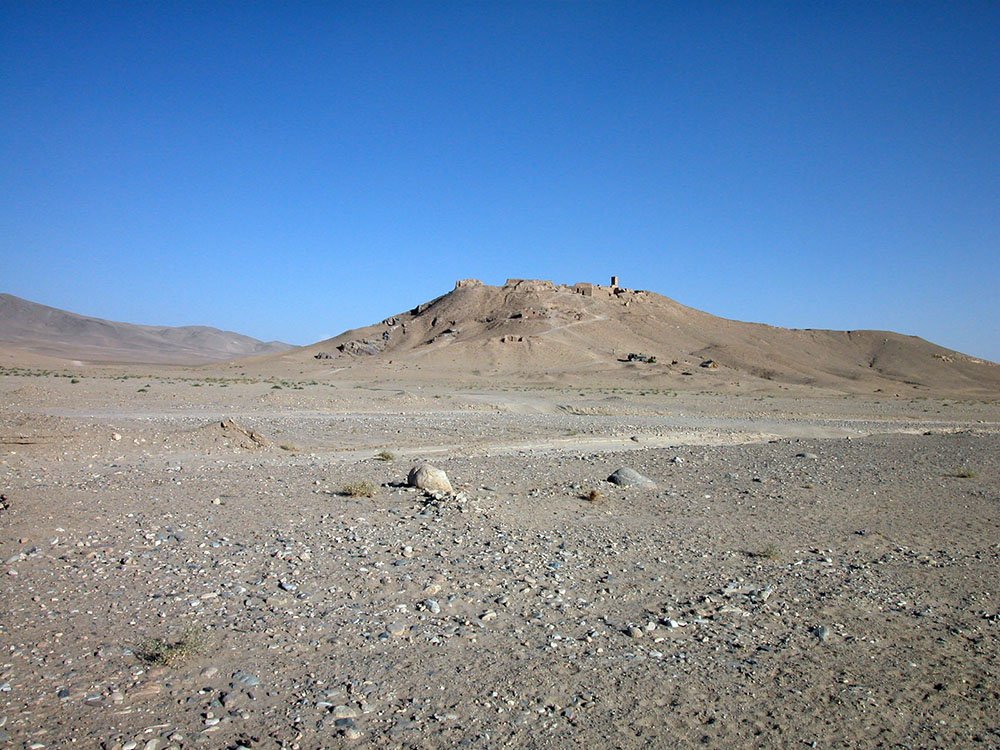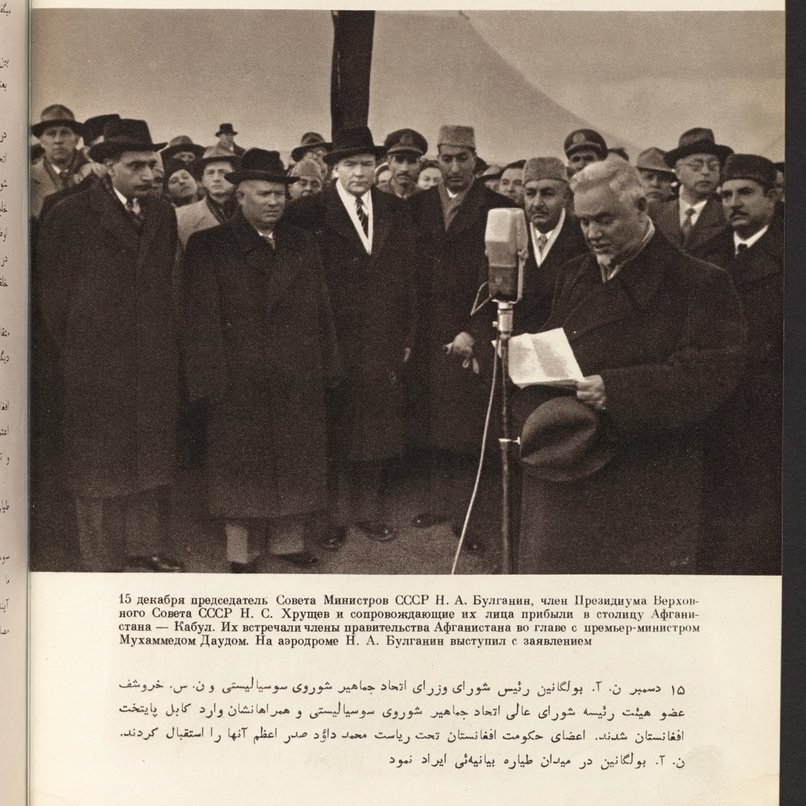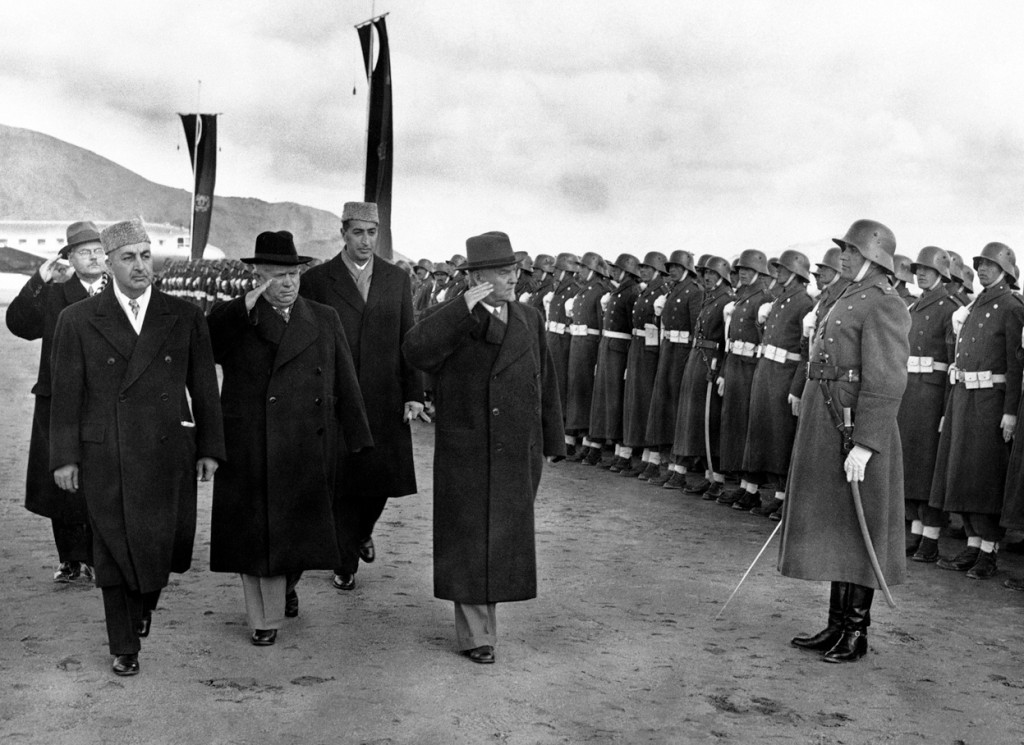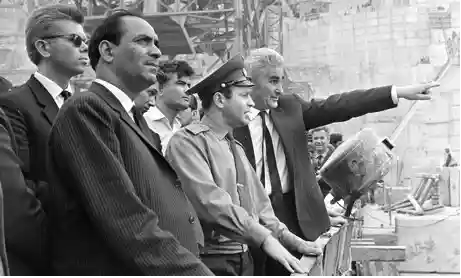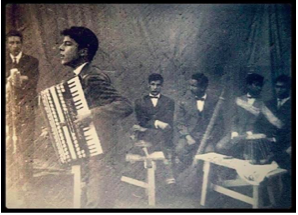
The site of Tepe Narenj, which literally means “orange hill”, stands on a relief that is currently denoted as Koh-e Zamburak, or “mountain of the small wasp”, situated on the eastern slopes of the #Hindukush mountain chain, only a few kilometers South of #Kabul #Afghanistan 
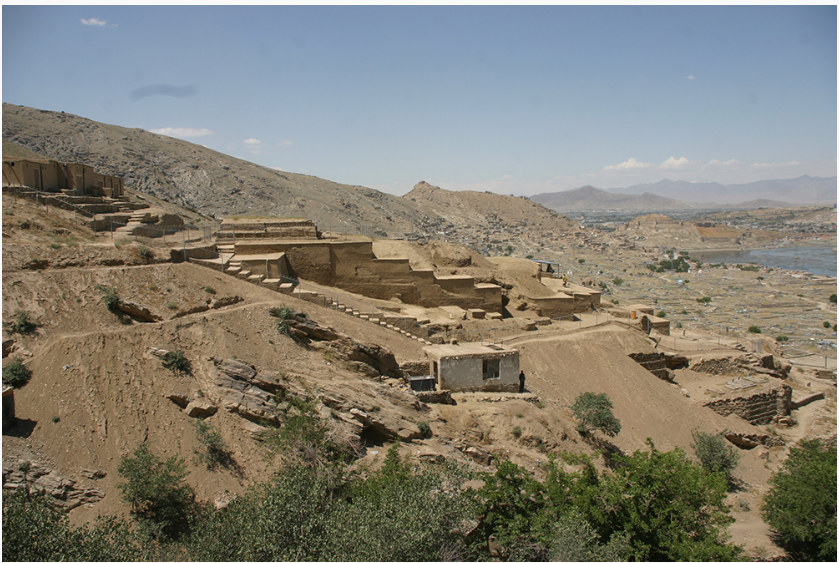
so far only partially investigated, it covers an area of more than four hectares and occupies a dominant position; it faces East and is quite visible from a considerable distance. The site has earlier origins, dated by pottery, paleographic and numismatic finds to the 2nd-3rd CE 



the period most intensively documented in the excavations, during which the sacred area was reworked, renovated and extended several times, dates to between the end of the 5th century CE and the 9th/10th century CE.
During the earliest phase of this chronological span, which corresponds fully to the #Hūṇa era, the site of #TepeNarenj enjoyed a period of great artistic flourishing and a thriving building activity. As suggested by the preserved iconographic programmes this was sustained by 

powerful and highly motivated local aristocracies. A second great artistic development is recorded in the late 7th/early 8th century CE, in the #HinduShahi era, during which the renovation and extension of the sanctuary was marked by profound artistic and cultural changes. 

The excavations unveiled a complex system of nine sloping terraces (“Terrasse”, several of which overlying earlier layouts) designed to exploit the slope of the hill and interconnected by a system of steps and smaller terraces (“gradin”).
On the terraces in the middle portion of the site stood the Main Stūpa and a series of cult chapels which still retain traces of large-scale decorative work in polychrome unbaked clay displaying a strong visual impact; these were executed using a (strong) high relief technique 


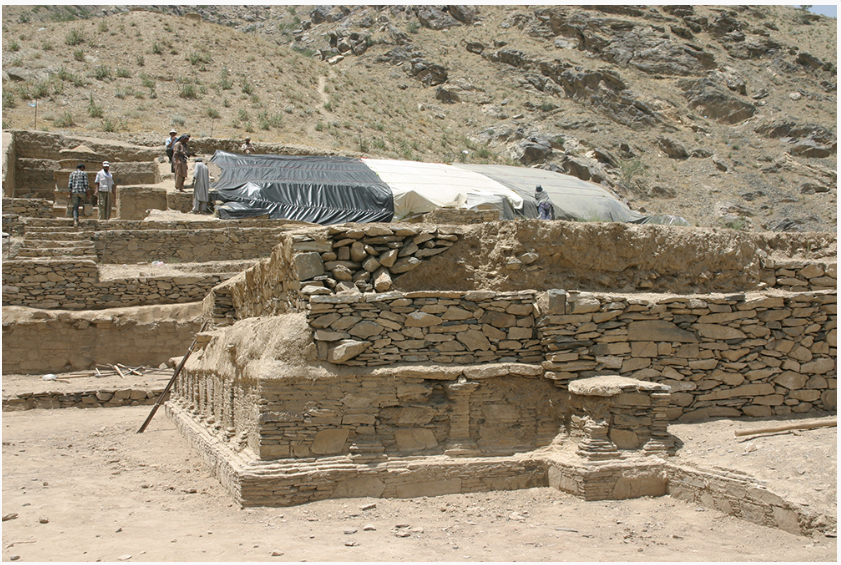


completed by pictorial decoration. At the foot of the hill lies, a porticoed area with numerous unbaked clay sculptures in situ although most of it still lies under the modern Muslim cemetery known as Shohada-e Salehin. 

The earliest sculptural phase documented at Tepe Narenj is marked by the exclusive use of unbaked yellow clay, almost always combined with stucco and appropriately represented by both the colossal and smaller sculptures found on the middle section of the site. 



The aesthetic models are distant from the canons of Hellenistic naturalism (of which only a few automatic and decorative hints remain, for example in the wavy hair styles). The forms are idealized (broad shoulders and narrow waist, sinewy flexible hands, 

round faces, high eyebrows and bulging eyes). The use of colour is highly symbolic as suggested by the blue colour used for the hair and to emphasize the shape of the eyes. 

The terminus post quem of this period is certainly 484 CE as indicated by the finding of a Nezak coin inside the base of the main sculpture representing the #Buddha #Śākyamuni. 







The most recent sculptural phase is characterized by a typical lengthening and thinning of the figures, by pronounced mannerism and to an even great extent by the use of red unbaked clays, in particular as a surface coating on the sculptures.
couple of (princely?)
couple of (princely?)

The sculptures found in Chapel 6, Chapel 8 and in Zone 14, where the chronological links between the two products is suggested by the extensive restoration work carried out in this phase, with red clays being used on sculptures originally been executed in yellow unbaked clay 



The sculptures found in Chapel 6, Chapel 8 and in Zone 14, where the chronological links between the two products is suggested by the extensive restoration work carried out in this phase, with red clays being used on sculptures originally been executed in yellow unbaked clay 



The beginning of the recent phase cannot be earlier than the late 7th century (a dating that is in agreement with that commonly accepted for the well-known similar productions, such as the red unbaked clay production of #TapaSardar and #Fondukistan). 

columns of the open court surrounded by a portico Terrace 8 #TapeNarenj 

The excellent state of preservation of numerous remains of sculptures found in situ as well as of many fragments discovered in the debris of the collapsed chapels, on the one hand allows an analysis to be made of the plastic production of Tepe Narenj.
The strong tendency towards attests the great artistic, religious and philosophic vivacity characterizing #Afghanistan in the late 5th century. Furthermore, the fact of sharing these elements with other #Afghan and #NonAfghan sites.
The strong tendency towards attests the great artistic, religious and philosophic vivacity characterizing #Afghanistan in the late 5th century. Furthermore, the fact of sharing these elements with other #Afghan and #NonAfghan sites,
above and beyond local regionalisms, is proof of the existence until the 9-10th century CE of an actual specific artistic school sustained by a strong layman’s demand of clear #Buddhist origin. 



the #Hūṇa era was in no way a period of violent invasions and destruction of the #Buddhist oecumene and that the history of #Buddhism actually extended far beyond the 5th century, as far as the #Shahi era and up to the eve of the definitive #Islamic conquest.
Furthermore, Tepe Narenj has also yielded one of the rare known examples of a type of fire altar in a #Buddhist context. It is still not known for what specific ritual or ceremony these altars were used. 

The variety and nature of the architectural forms that actually spread in the Buddhist period extend far beyond the bounds of our present knowledge. the #stūpa discovered in Chapel 2 at Tepe Narenj, with its unique form, or the stūpas located in the worship area. 

• • •
Missing some Tweet in this thread? You can try to
force a refresh


